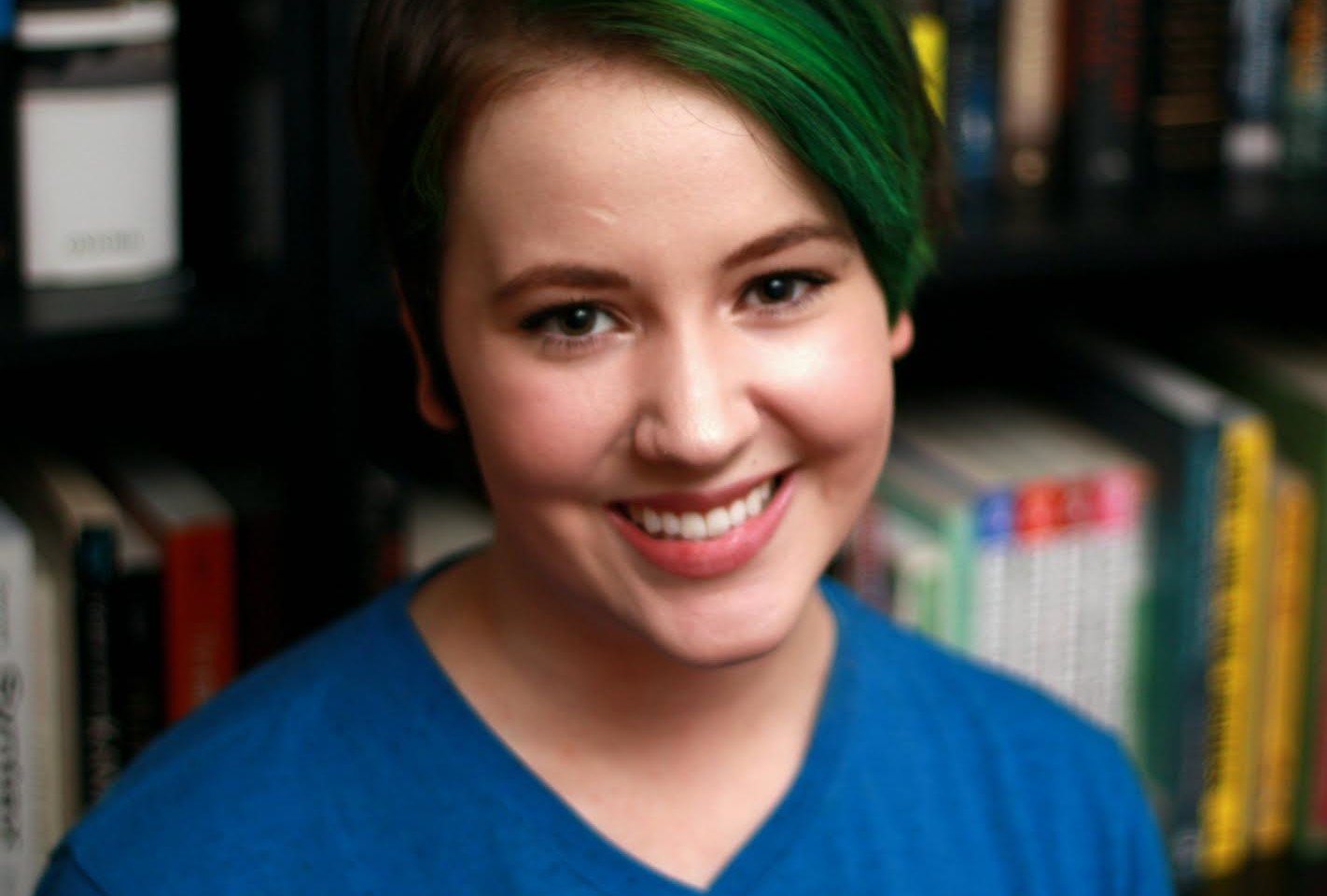What’s it like to study in a field where you don’t have a whole lot of role models like you?
Jesse Shanahan draws on her own experiences in the field to share her love of astronomy by advocating for accessibility and compassion in the STEM fields. We got to ask her a few questions on her passions and work towards this cause.
What do you do and why is it awesome?
I am a (former) graduate student in astrophysics and a former linguist specializing in North African languages. My passion is giving back to my community. I especially like communicating scientific discoveries to the public and teaching young kids.
You do a lot of work in terms of disability rights activism in astronomy and other STEM fields. Why is this visibility and advocacy important, and what drives you to do it?
To be honest, I didn’t have a choice because I wanted a career in astrophysics, and I was disabled. Unfortunately, the field is incredibly inaccessible, and I struggled with that a lot in the beginning. I began speaking about this lack of access and suddenly, I was overwhelmed with stories from disabled scientists at all career levels who had struggled as well. This really ignited my fervor for disability rights, and I committed myself fully to improving STEM for all people with disabilities, particularly because PWD are so often left out of inclusivity movements. Since I’ve become more outspoken, the gratitude I have received from disabled scientists has truly been what keeps me motivated and focused. Especially now that I have left graduate school due to it’s inaccessibility, I am going to fight even harder to make sure other disabled scientists have a chance.
What is your favorite thing about the work you do and the impact it has on people?
My favorite thing is seeing positive change happen. Whether it’s a student with special needs I am tutoring who starts getting amazing grades or a disabled student who now has improved access, I am driven by the effects of those changes above all else.
What are your hopes for your future and the future of your work in astronomy?
I’ve taken a bit of a break from academic astronomy for a bit, though I’ll be pursuing my love of science writing in the meantime. I think that as long as I am serving people and my community, I’ll be happy wherever I am. My hope for the future is that I find balance in my life between work I am passionate about and self-care. It’s not a balance that I am able to find easily, but it’s crucial (especially for someone with a disability!).
Is there something specific that sparked your interest in astrophysics?
I’ve always loved scientific research – whether it was classifying dead languages or observing galaxies. Space in particular fascinates me because of its vastness. The majority of the objects I study are so immense, so inconceivably huge that it stretches human perception. It’s such an exotic, bizarre environment filled with the most extreme phenomena. It certainly never ceases to amaze me!
What do you consider to be one of the most important aspects of your work, be that with research, activism, or otherwise?
Contrary to most scientists, I think the most important part of my work isn’t the research – it’s the outreach and the activism. Research is important, and it drives the field forward, but without an increase in inclusivity, that field will stagnate. Similarly, I view outreach as a debt to the community. In some way, my career has been funded in part by the public. Because of that, I believe I owe a debt to give back some of the rewards of that education and career. Outreach is the easiest and best way for me to do this because I love communicating science to the public!
What advice would you give for other women who want to get more involved with or informed of disability rights activism?
If you’re in academia, reach out to your professional societies and see what they are doing to help support disabled academics in your field. If possible, start a committee or group to address the barriers faced by disabled academics and students. Social media is also great for connecting with people, learning, and coordinating activism!
Can you describe one of your proudest moments since starting graduate school?
My proudest moment was when the President of the American Astronomical Society (Meg Urry) mentioned me by name during a public speech with regards to my work forming the Working Group on Disability and Accessibility. It was at the most recent AAS conference, and it really boosted my confidence. I had previously felt like such a nobody and like I was barely making a difference in grad school. Being recognized for my activism made me so proud!
What has been one of your biggest career challenges, and how did you overcome it?
To be honest, I’m not sure I’ve overcome my biggest career challenge. I don’t have a lot of self-confidence and I struggle very much with impostor syndrome. The overly critical nature of academia certainly doesn’t help and neither does the widespread gender-based & ableist harassment. In large part, that’s why I’m taking a break from school. I absolutely adore research, and I know I’m good at it, but there’s a lot more to getting through grad school than excelling at research, unfortunately.
Do you have any advice for young girls who want to learn more about astronomy?
This is a “do as I say, not as I do” moment because I never did these things myself. Please learn from my mistakes! This is a field that runs on negative reinforcement (e.g. criticisms but no praise). Find a source of pride and confidence within yourself, and avoid relying on others to provide it for you because they won’t. You’ll face a lot of negativity, but if you can hold on to that inner confidence, you’ll be fine. Also, take care of yourself mentally, physically, emotionally, etc. Draw strict boundaries and don’t let anyone violate them, especially grad school. I’ve seen too many brilliant scientists burn out due to the requirements of academia!
You can learn more about Shanahan on her website or follow her on Twitter.




comments